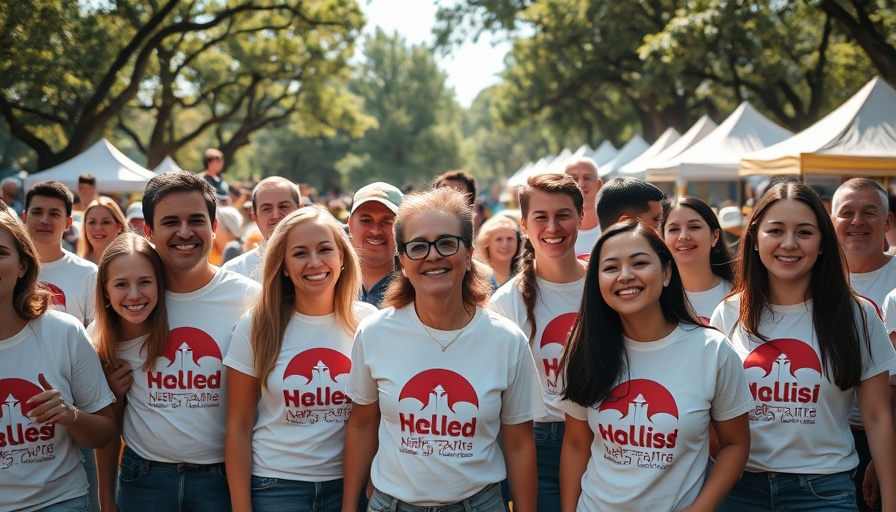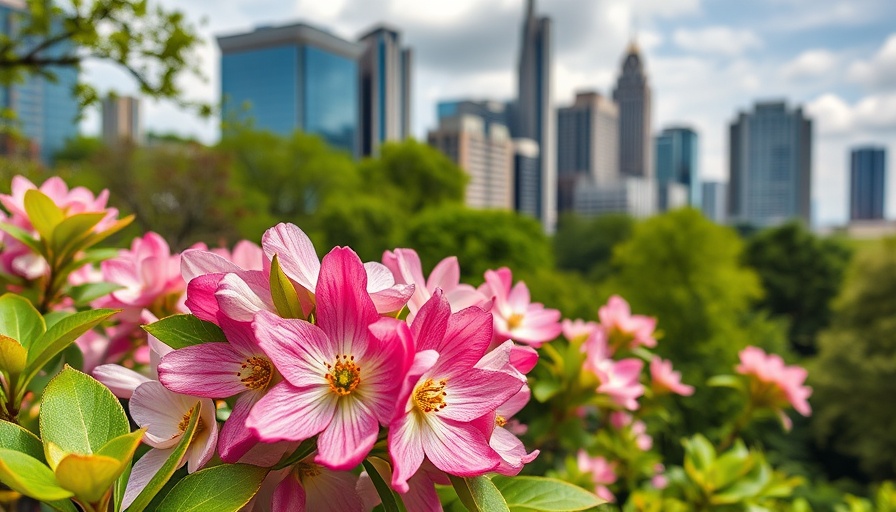
Life Sentence for Brookhaven Home Invasion: A Community's Reaction
In a harrowing case that has gripped DeKalb County, Jimmy Davis Mills has been sentenced to life in prison for his involvement in a violent home invasion in Brookhaven. This sentence not only serves as a punishment for Mills but also reflects the concerns of a community that has experienced its fair share of crime. The case sheds light on the broader issue of safety in residential neighborhoods and the emotional toll criminal acts inflict on victims and their families.
The Impact of Crime on Community Safety and Unity
Brookhaven residents expressed a mixture of relief and continued anxiety following the sentencing. Many have taken to community forums and local meetings, voicing their concerns about safety in their neighborhoods. The fear stemming from incidents like the home invasion often lingers long after the criminals have been brought to justice. Residents share personal stories that highlight how a sense of security can be shattered in an instant, leading to ongoing discussions about measures to enhance local safety.
Public Sentiment: Community Voices Against Crime
The community's response to the incident illustrates a pattern observed in many neighborhoods facing similar issues. Victims and their families, like those affected in this case, often find themselves grappling with emotional and psychological aftershocks. Conversations around this home invasion have sparked a local movement advocating for increased neighborhood watch programs and improved communication with local law enforcement. Residents express hope that collective action can rebuild their sense of safety and trust within the community.
Understanding the Consequences of Violent Crime
The legal repercussions for Mills—life imprisonment—bring some closure to those affected by the crime. However, discussions about the effectiveness of the penal system and the long-term implications of such sentences continue to emerge. While justice is served, important questions linger about rehabilitation and the cycle of crime that affects so many offenders. Community leaders and activists highlight the need for comprehensive programs that address the underlying issues leading to violent crime, including mental health support and economic opportunities.
A Deeper Dive: The Human Element Behind the Headlines
Behind the statistics and news reports lies a more profound human experience of fear, trauma, and resilience. The victims of the Brookhaven home invasion have stories filled with courage and strength, showcasing how people can come together in adversity. Many victims find solace in shared experiences and support groups, leaning on each other as they navigate the aftermath of traumatic incidents. This communal bond serves as a powerful reminder of the strength inherent in communities facing hardships.
Looking Ahead: Future of Safety in Brookhaven
As Brookhaven residents reflect on this incident, thoughts of safety and crime prevention are vital discussions. Leaders in the community are advocating for town hall meetings to discuss further preventive measures, urging residents to voice their opinions and collaborate with law enforcement for a safer future. Community engagement will be essential in crafting policies that address not just the symptoms of crime but its root causes, ensuring that Brookhaven can thrive as a secure and close-knit environment.
To stay connected with ongoing discussions and developments regarding community safety in Atlanta, follow Atlanta Local Unplugged on Facebook @atlantalocalunplugged. Join us in building a stronger, safer community.
 Add Row
Add Row  Add
Add 




Write A Comment